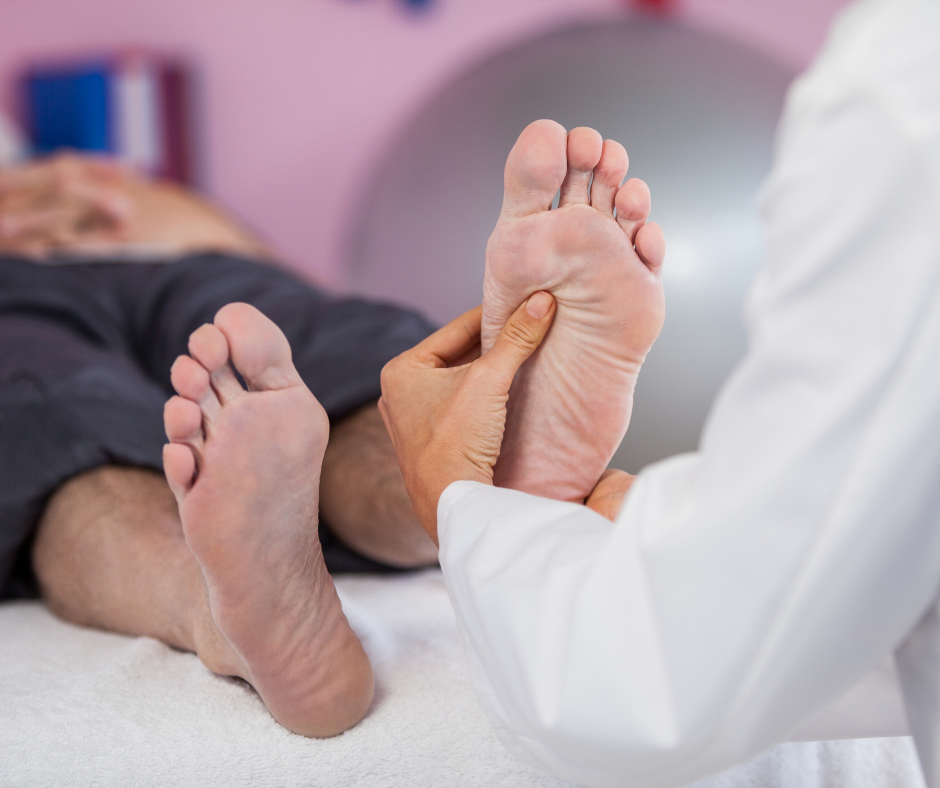It’s normal to think that any cuts, blisters or sores heal themselves. With a bit of cleaning and care, our bodies do amazing work of healing themselves. However, if a wound doesn’t heal after up to six weeks or if it starts looking worse, redder, swelling bleeding fluid, or emitting a bad smell, that’s an indication something is more complicated occurring. Sometimes, a sore that is small may turn into an unhealing foot ulcer or leg wound, and if it’s not treated the wounds can result in serious complications, even the need for amputations in extreme instances.
If you’ve been waiting for a sore to heal that isn’t healing, it could be time to quit waiting and seek assistance.

How Wounds Cannot heal
There are several common reasons why wounds don’t heal. Understanding them will assist you (and your doctor) figure out the best way to treat it.
You’re at an increased chance of developing leg and foot wounds that don’t heal correctly if you suffer from diabetes. High blood glucose levels can cause nerve damage and alter the way it heals difficult to feel the injury. They can also decrease blood flow.
Poor circulation is another main reason that is related to arterial and venous ulcers. If your arteries and veins don’t function properly it means that your blood isn’t providing enough oxygen and nutrients to improve your skin.
If you are unable to move about, you could be prone to developing pressure ulcers.
Other factors such as age and certain medications (like blood thinners) and autoimmune disorders, as well as poor nutrition, can also slow down healing. Sometimes it’s a combination of these factors that make the wound stay.
How long will healing last? and what happens if it doesn’t?
It’s normal for people to question the length of time healing “should take”. In reality, the amount of time required to heal is dependent on your condition and type the wound. A small cut or blister can heal in only one or two weeks. If you’ve got a foot wound that isn’t healing or a leg injury that isn’t healing, it may take up to 12 weeks.
It’s imperative to act quickly for improvement if you don’t see any within 4 to 6 weeks. It’s the right time to seek wound care from a professional. The longer an open wound is left longer, the more risky it is likely to become.
Find the appropriate help for you
Your body’s not telling you that it needs your help since it isn’t willing to heal. The good news? There are treatments and experts that can make a real difference. At our clinic, we specialize in treating non-healing foot ulcers and leg wounds, non healing foot ulcer working alongside your other healthcare providers to create a personalized plan that gives your body the best chance to heal and helps prevent amputations.
There are solutions for advanced wound dressings, blood flow repair and even hyperbaric therapy. We will be with you to heal your wound.
Final Thoughts
The results of a cut that doesn’t heal aren’t just physical. They impact your entire life. There is an option. Do not hesitate to seek help if you are exhausted of having to deal with an ulcer on your leg that does not heal, a persistent sore, or a wound that’s not healing. If you get in touch for help, the quicker your painful wound will heal and you’ll be able to resume the life you’re entitled to.